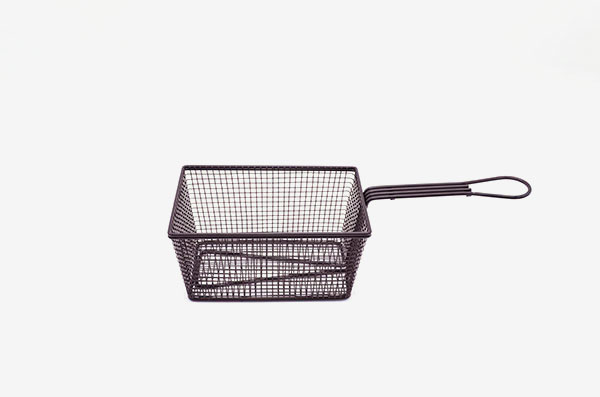What are the differences between 304 stainless steel and 316 stainless steel?
304 stainless steel and 316 stainless steel belong to austenitic stainless steel. Austenitic stainless steel is generally used in corrosion-resistant environment, with excellent mechanical properties. Many nickel and chromium also have excellent corrosion resistance. In addition, many austenitic stainless steels are weldable and formable. Two commonly used austenitic stainless steel grades are 304 and 316. Their chemical composition is different. In order to help you determine which grade is suitable for your project, Xiao Huang from Beijing Jinli hengwang stainless steel processing plant will briefly introduce the difference between 304 and 316 stainless steel.
Grade 304 stainless steel is generally considered as a common austenitic stainless steel. It has a high nickel content, usually 8-10.5% (component), and a high chromium content of about 18-20% (component). Other primary alloy elements include manganese, silicon and carbon. The rest of the chemical composition is primarily iron. A lot of chromium and nickel give 304 stainless steel excellent corrosion resistance.
Common use scope of 304 stainless steel:
1. Architectural decoration
2. Commercial food processing equipment
3. Fasteners and pipes
4. Stainless steel products
Similar to 304, grade 316 stainless steel contains a lot of chromium and nickel. 316 also contains silicon, manganese and carbon, most of which are iron. The primary difference between 304 and 316 stainless steel is the chemical composition, 316 contains a lot of molybdenum; usually 2 to 3%. The higher molybdenum content results in the added corrosion resistance of grade 316. In the selection of austenitic stainless steel for ship use, 316 stainless steel is generally considered as one of the appropriate selection.

Common use of 316 stainless steel:
1. Chemical treatment and storage equipment, oil refining equipment
2. Medical equipment
3. Marine environment, especially those with chloride
1. 304 stainless steel may be a better choice:
The use requires excellent formability. The higher molybdenum content in grade 316 will have an adverse effect on formability. There is a cost issue with the program. Grade 304 is generally more affordable than grade 316.
2. 316 stainless steel may be a better choice:
There are many corrosive elements in the environment. Data will be placed underwater or always exposed to water. In applications requiring higher strength and hardness.
Article origin: Jiangmen fried baskethttp://www.jmhylwj.com
-
06-05
Processing technology of barbecue net
After the barbecue net is processed and manufactured, it is generally required to stop the surface treatment, so that the product has the characteristics of beauty, rust prevention and corrosion prevention. Generally speaking, there are two ways to treat the surface of barbecue net, galvanizing and polishing. Here we will introduce these two processes: galvanizing, that is, cold plating, which is
-
06-05
High temperature resistance of stainless steel mesh structure
The stainless steel mesh structure of Jiangmen blast basket is generally used in acid, alkali and high temperature environment. In order to make the stainless steel mesh work normally in high temperature, we need to know the acceptable temperature of the stainless steel mesh. Stainless steel mesh is made of stainless steel wire, and its raw materials are divided into SUS302, SUS304, SUS316, SUS304
-
06-05
Style and classification of barbecue net
Style and classification of barbecue netClassification of barbecue net: it can be divided into round flat barbecue net, round concave barbecue net, square flat barbecue net and square concave barbecue net according to its shapeDivided into: galvanized barbecue wire, galvanized barbecue wire, stainless steel barbecue wireIt is divided into barbecue net with handle (also known as barbecue rack) and
-
06-05
What are the differences between 304 stainless steel and 316 stainless steel?
304 stainless steel and 316 stainless steel belong to austenitic stainless steel. Austenitic stainless steel is generally used in corrosion-resistant environment, with excellent mechanical properties. Many nickel and chromium also have excellent corrosion resistance. In addition, many austenitic stainless steels are weldable and formable. Two commonly used austenitic stainless steel grades are 304

